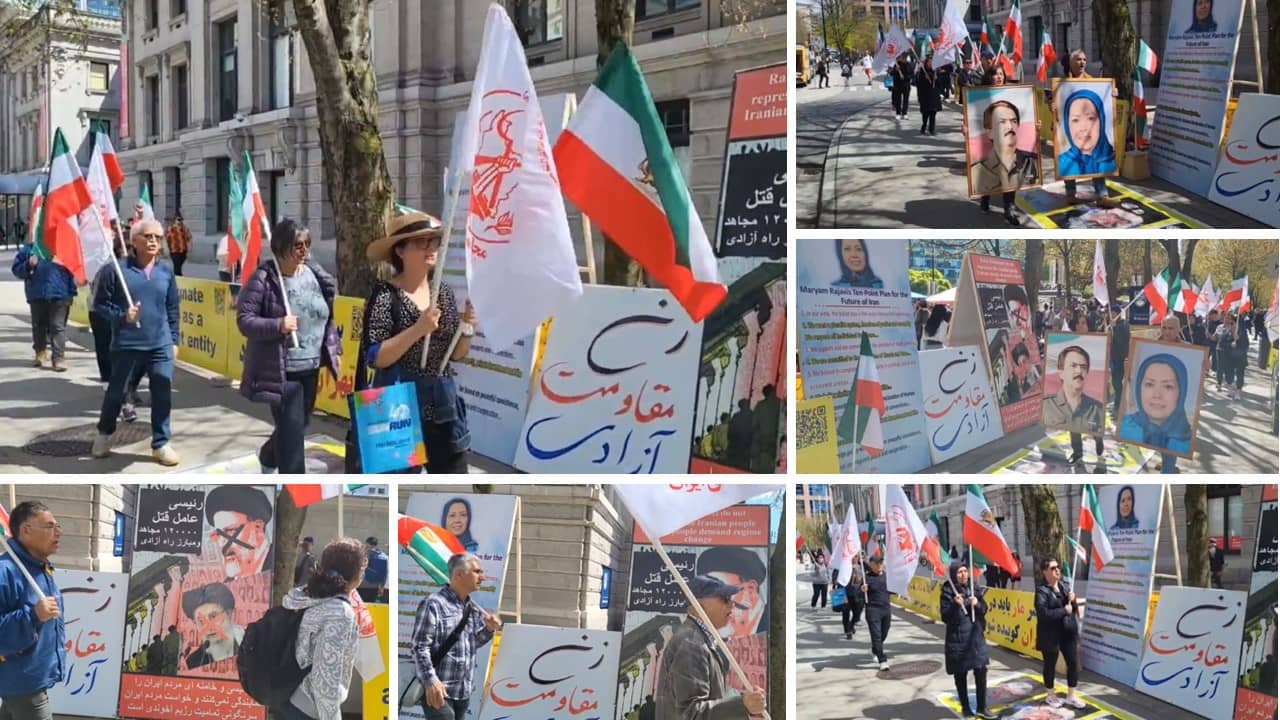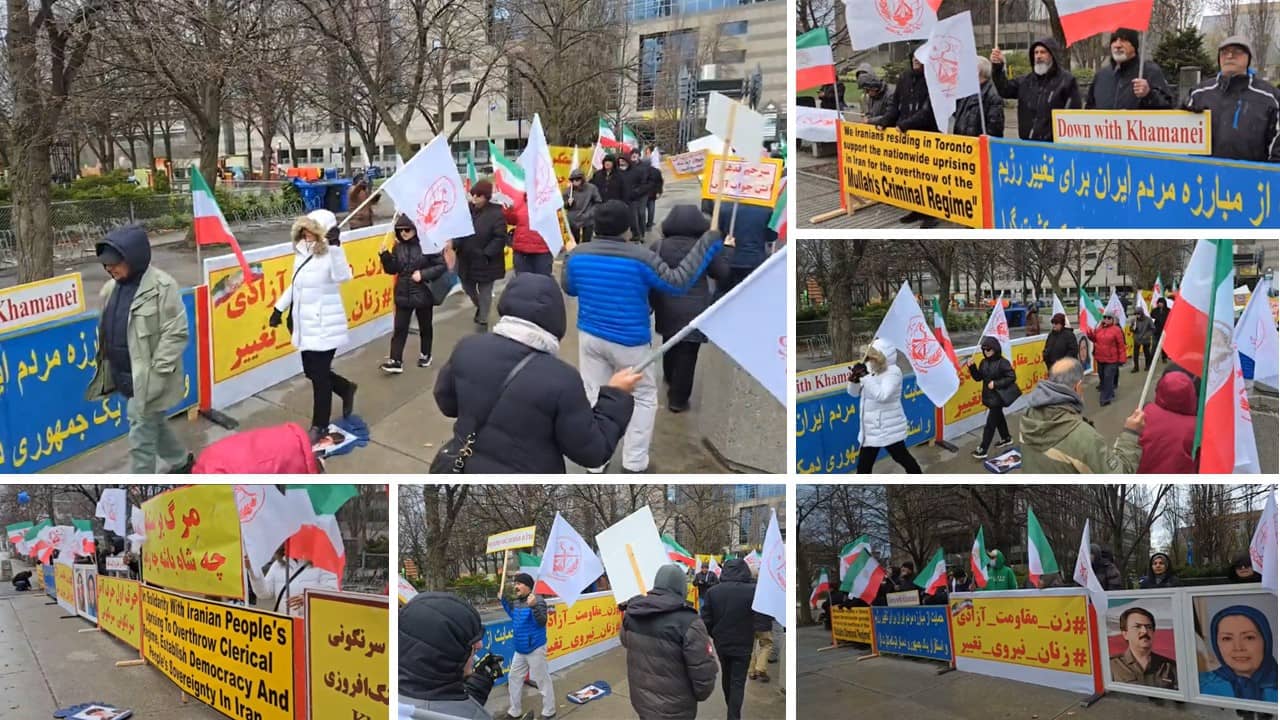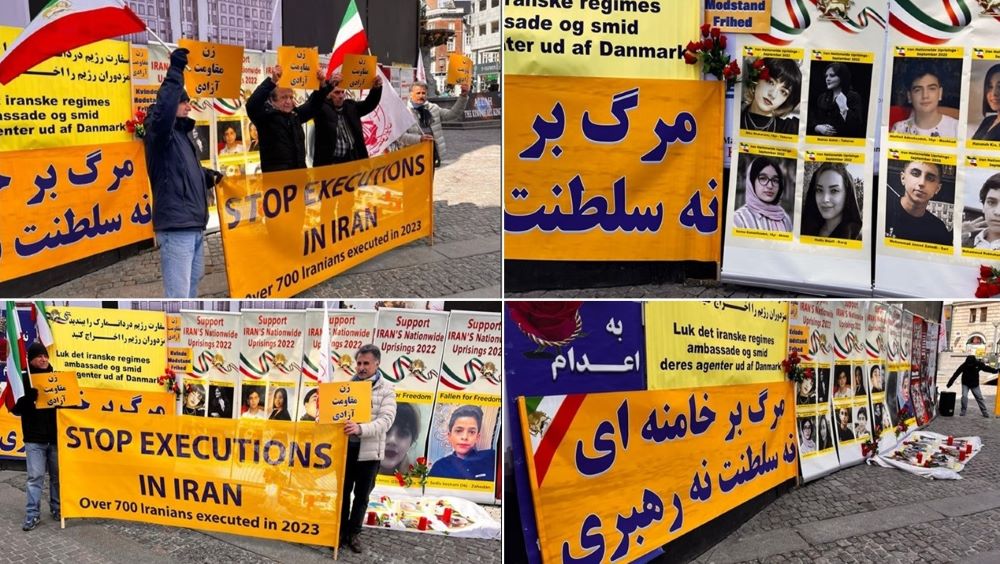Iran; national flood disaster
By Ali Latiti
Nowadays, lots of news about Iran’s flood disaster is aired. The disaster struck 28 out of 31 provinces in Iran so that it looks like impossible to estimate the casualties and financial damages.
On April 1, 2019, Mrs. Maryam Rajavi, the president-elect of the National Council of Resistance of Iran (NCRI), described the recent event in Iran as a national flood disaster and said: “The devastating flash floods and its victims and extensive damages constitute a national disaster whose culprit is the anti-human clerical regime.”
“The resources of the Revolutionary Guard Corps, Army and the government must be placed at the disposal of people. The regime must open the way for international relief efforts. However, it has so far obstructed national cooperation and international aid,” Mrs. Rajavi stipulated.
The devastating flash floods and its victims and extensive damages constitute a national disaster whose culprit is the anti-human clerical regime.
— Maryam Rajavi (@Maryam_Rajavi) April 1, 2019
The resources of the Revolutionary Guard Corps, Army and the government must be placed at the disposal of people. The regime must open the way for international relief efforts. However, it has so far obstructed national cooperation and international aid. #IranFloods #Iran
— Maryam Rajavi (@Maryam_Rajavi) April 1, 2019
The role of regime in the national flood disaster:
The recent precipitations in Iran could have remedied the effects of the years of droughts. Oddly, it changed into the devastating floods, exacted the heavy price of the people’s lives and belongings, which was because of three reasons:
Firstly; deforestation and eliminating the vegetation, particularly in Golestan Province.
Mahmood Darvish, an environment expert, said: “More than two decades ago, the Forest Research Institute said that cutting wood in forests must be banned. But very powerful forces objected, so this (the national flood disaster) happened…”
Secondly; construction non-standard and unnecessary dams, many of them were cracked or collapsed during the recent rains.
On the occasion of the World Water Day, Brian Hooke, the U.S. Special Representative for Iran, said: “Today, the Ayatollah’s regime has built around 600 dams. And these dams are not based on sound environmental policy, and they weren’t built to help the Iranian people. They were built so that Iranian regime officials could line their pockets with more money from lucrative construction projects.”
Thirdly; Irregular construction on the riverbeds and riparian areas. In this regard, Jafarzadeh, the head of the regime’s Crisis Management Organization, admitted:
“What happened in Shiraz (the National Flood disaster) was due to blocking one of the city’s oldest floodway. “
Although plundering Iran’s natural resources by the regime’s agents led to the national flood, and brought more plight for the Iranian people, but the regime will face with the crises in the aftermath of the floods. As a matter of fact, because the socio-economic consequences of the national flood disaster concern the regime’s official greatly, they are making an all-out effort to conceal the truth about the dimensions of the flood’s damages.
In this regard, Mrs. Maryam Rajavi pointed out: “The clerical regime continues to hide the actual number of casualties and the scale of damages. A large number of victims are stuck in mud in Lorestan, Khuzestan and, Ilam, and a lot of people are stranded by floods.”
“I urge Iran’s courageous youths and the popular councils to rush to the aid of affected victims of flash floods in the three provinces of Lorestan, Khuzestan, and Ilam,” Mrs. Rajavi added.
The clerical regime continues to hid the actual number of casualties and the scale of damages. A large number of victims are stuck in mud in #Lorestan, #Khuzestan and #Ilam, and a lot of people are stranded by #floods. #IranFloods
— Maryam Rajavi (@Maryam_Rajavi) April 3, 2019
I urge Iran’s courageous youths and the popular councils to rush to the aid of affected victims of flash floods in the three provinces of #Lorestan, #Khuzestan and #Ilam. #IranFloods
— Maryam Rajavi (@Maryam_Rajavi) April 3, 2019
Iran regime’s five awkward crises after the National Flood disaster:
Firstly; facing with an army of indignant flood-hit people who have lost all belongings and even their loved ones due to the mismanagement of the regime and the destruction of the environment by its agents, in particular the IRGC.
Secondly; the public demands for prosecution of the perpetrators of the environmental destruction that caused the national flood disaster. The fear of this demand is mirrored in the stances of the regime’s rival faction who accuse each other of negligence.
Mohammad Nourizad, a former reporter from the state-run Kayhan Daily said in a video published online said that “One of the reasons behind the severe flooding of Gorgan River was a dam built by the IRGC that obstructed the water. The other reason was because the gates of Vashmgir Dam were not open and were under 10 meters of mud and had not been dredged.”
Thirdly; because of the corruption and misgoverning, the dire economic condition crisis has been a long overdue crisis for the regime. Destruction of thousands of homes, villages, farms, workplaces, factories as a result of the devastating flood, has made the economic crisis more acute for the regime.
Fourthly; the crisis of spreading lethal diseases because of the destruction of infrastructures and lack of sanitary facilities.
Fifthly; joining a massive number of flood-hit and homeless people to the jobless army which will cause more social protests.
As a result, the regime is unable to solve the most basic needs of the society, because of its oppressive, plunderer, and warmongering nature. This regime neither intends nor can do something for the flood-hit people. The people blame the regime and particularly the IRGC, not nature, for massive damages and casualties. The treacherous and corrupt policies of the regime incite the public wrath which will push the regime to the brink of overthrow.
Mohammad Pakpour, commander of the Islamic Revolutionary Guards (IRGC) ground forces acknowledged the people’s anger after he visited the flood-ravaged town of Poldokhtar in Lorestan province. While he was bombarded by the anger and complaints of the people during his visit, he admitted that no official dares to come to Poldokhtar out of fear of facing the people’s wrath.
“The problems in Poldokhtar are huge and there is no management control… No official dares to visit Poldokhtar,” he told Entekhab and Tabnak, two state-run websites on April
The regime’s officials are continuously warning each other about the explosion of anger of the people, which attests the readiness of the society to get rid of this regime that has only a 40-year record of failure, destruction, and repression.





